Disclosure: This article contains affiliate links. We may earn a commission from purchases at no extra cost to you, which helps our travel content.
As someone who's built a career advocating for diverse perspectives, I've learned that sometimes the most illuminating comparisons come from studying contrasts. This summer, an unexpected work opportunity allowed me to experience two coastal towns that couldn't be more different: Swakopmund, where Namibia's ancient desert meets the Atlantic, and Pärnu, Estonia's summer capital nestled along the Baltic Sea. Both destinations offer incredible outdoor adventures for families, yet exist in completely different worlds—one where adventure means conquering massive sand dunes under the scorching African sun, and another where it involves cycling through cool Baltic forests and soaking in therapeutic mud baths. Join me as I break down how these two beach towns—separated by continents, climate, and culture—offer unique but equally enriching experiences for families seeking outdoor adventures without breaking the bank.
Desert Meets Ocean: Swakopmund's Unique Geography
Namibia's Swakopmund sits at one of Earth's most dramatic geographical intersections, where the ancient Namib Desert—the world's oldest at 55 million years—crashes into the cold Atlantic Ocean. This juxtaposition creates a surreal landscape that seems to defy logic: massive sand dunes literally spill into ocean waves.
My first morning there, I stood at the edge of town watching the dense coastal fog (locals call it The Mist) roll back to reveal this impossible meeting of ecosystems. The town itself feels like a peculiar time capsule—German colonial architecture stands preserved in the desert air, creating a strange European enclave on African shores.
What makes Swakopmund particularly special for families is how this geography creates a natural adventure playground. The desert side offers sandboarding, quad biking, and camel rides, while the Atlantic side provides opportunities for kayaking alongside seal colonies and dolphins. The town serves as the perfect base camp, with temperatures hovering around a pleasant 75°F (24°C) even when inland Namibia bakes in 100°F+ (38°C+) heat.
Before visiting, I strongly recommend investing in a good pair of hiking sandals that can transition from sand to water. Mine proved invaluable as we moved between desert excursions and ocean activities throughout the day.
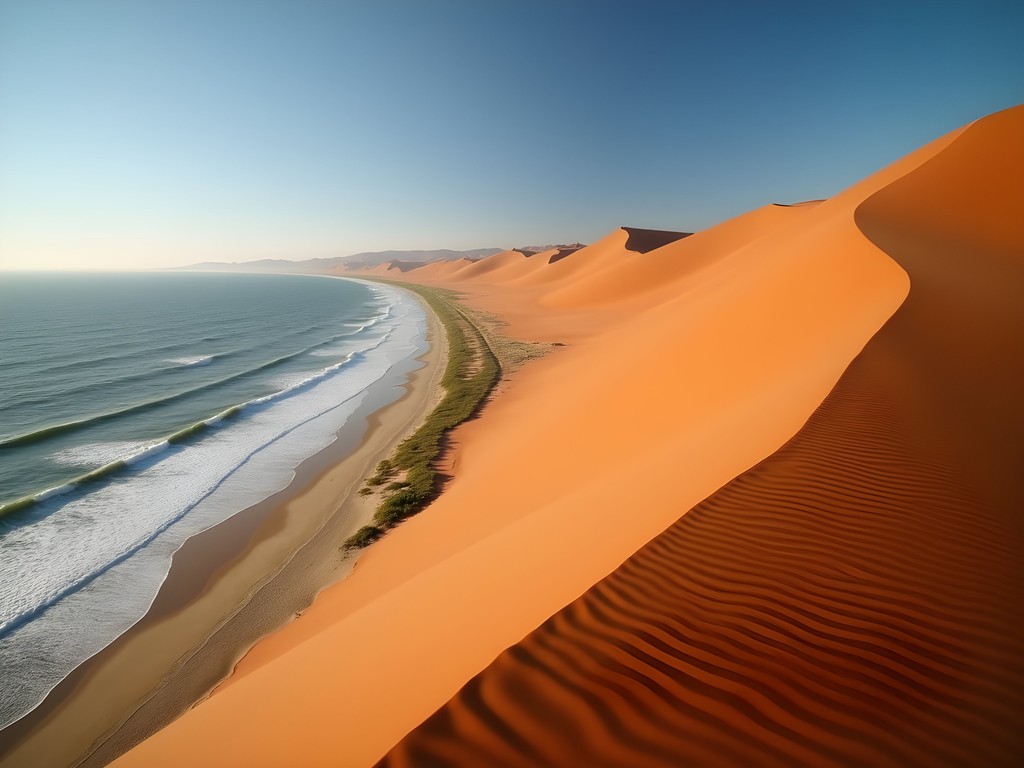
💡 Pro Tips
- Book desert activities for early morning when temperatures are cooler and the light is magical for photos
- Pack a lightweight scarf to protect against both sun and the surprisingly cool ocean breeze
- Most adventure outfitters provide equipment, but bring your own sunscreen—desert sun is intense even on cool days
Baltic Beauty: Pärnu's Forest-Meets-Sea Ecosystem
Six weeks after Namibia, I found myself in Pärnu, Estonia's summer playground along the Baltic Sea. The contrast couldn't be more striking—instead of desert, lush pine forests extend almost to the shoreline. The beach itself is a broad expanse of fine, pale sand that slopes so gently into the Baltic that you can walk nearly 100 yards out and still be waist-deep.
While Swakopmund's geography creates dramatic extremes, Pärnu's natural setting offers a gentler blend of ecosystems. The town is nestled where the Pärnu River meets the sea, creating wetlands, forests, and beaches all within cycling distance of the charming town center with its wooden architecture and flower-filled parks.
For families, this means outdoor adventures focus on connecting with nature rather than conquering it. My favorite discovery was the network of elevated wooden boardwalks through the Soometsa Nature Reserve, where interpretive signs in multiple languages help children identify local plants, birds, and the occasional moose tracks.
The Baltic climate creates its own rhythm—long, sun-filled summer days (the sun barely sets in June) followed by cool evenings perfect for beachside bonfires. Water temperatures hover around a refreshing 65°F (18°C), brisk but swimmable.
I found my packable daypack essential for Pärnu adventures—lightweight enough to carry everywhere but spacious enough to hold swimwear, forest hiking essentials, and picnic supplies as we transitioned between activities throughout the day.
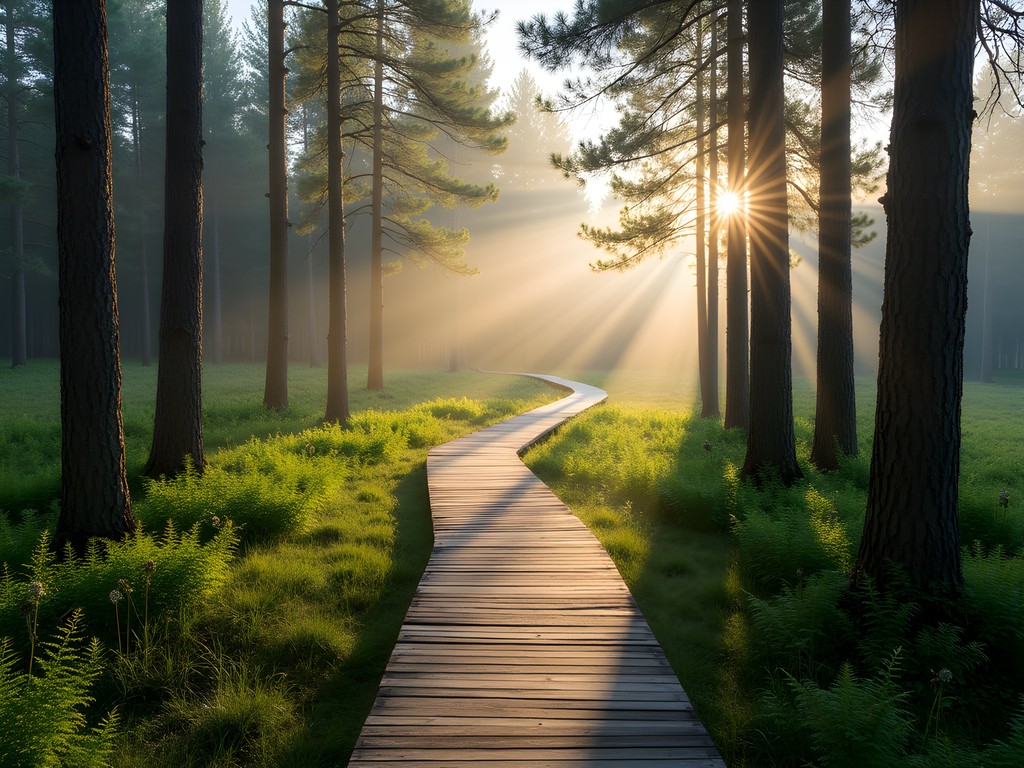
💡 Pro Tips
- Rent bicycles—Pärnu is incredibly bike-friendly with dedicated paths connecting beaches, forests, and town
- Pack layers—Baltic summer days can range from 80°F (27°C) to 60°F (15°C) in a single day
- Visit the public beach saunas—they're family-friendly and offer an authentic Estonian experience
Adrenaline vs. Tranquility: Comparing Outdoor Activities
The outdoor activities in these two coastal towns reflect their contrasting environments, with Swakopmund offering high-octane desert adventures while Pärnu specializes in gentler nature immersion.
Swakopmund's Standout Activities:
-
Sandboarding: Nothing beats the thrill of zooming down 300-foot dunes on specialized boards or toboggans. Most tour operators cater to all ages, with gentler slopes for younger children and steeper runs for teenagers and adults. My heart was in my throat watching 8-year-olds fearlessly flying down dunes faster than their parents!
-
Living Desert Tours: These specialized excursions with knowledgeable guides reveal the surprising biodiversity of the Namib. Children are particularly fascinated by the sidewinder snakes, dancing white lady spiders, and the iconic welwitschia plants that can live for 2,000 years on nothing but fog moisture.
-
Quad Biking: For families with teens, guided quad bike tours through the desert landscape offer an exhilarating way to explore farther into the dune fields than you could on foot.
Pärnu's Nature Connections:
-
Forest Cycling: The extensive network of cycling paths through pine forests and along coastal wetlands provides safe, easy riding for all ages. Many rental shops offer child seats, tag-alongs, and bikes sized for everyone from toddlers to adults.
-
Bog Walking: Estonia's unique bog landscapes are accessible via wooden boardwalks, where children can learn about carnivorous plants and spot rare bird species. The springy peat surface feels like walking on natural trampolines in areas designated for exploration.
-
Canoeing the Pärnu River: Gentle paddling excursions up the river reveal beaver dams, water lilies, and riverside meadows teeming with butterflies.
For both destinations, I found a reliable action camera invaluable for capturing family adventures without worrying about sand or water damage. The stabilization features were particularly impressive when filming while sandboarding in Namibia and cycling through Estonian forests.

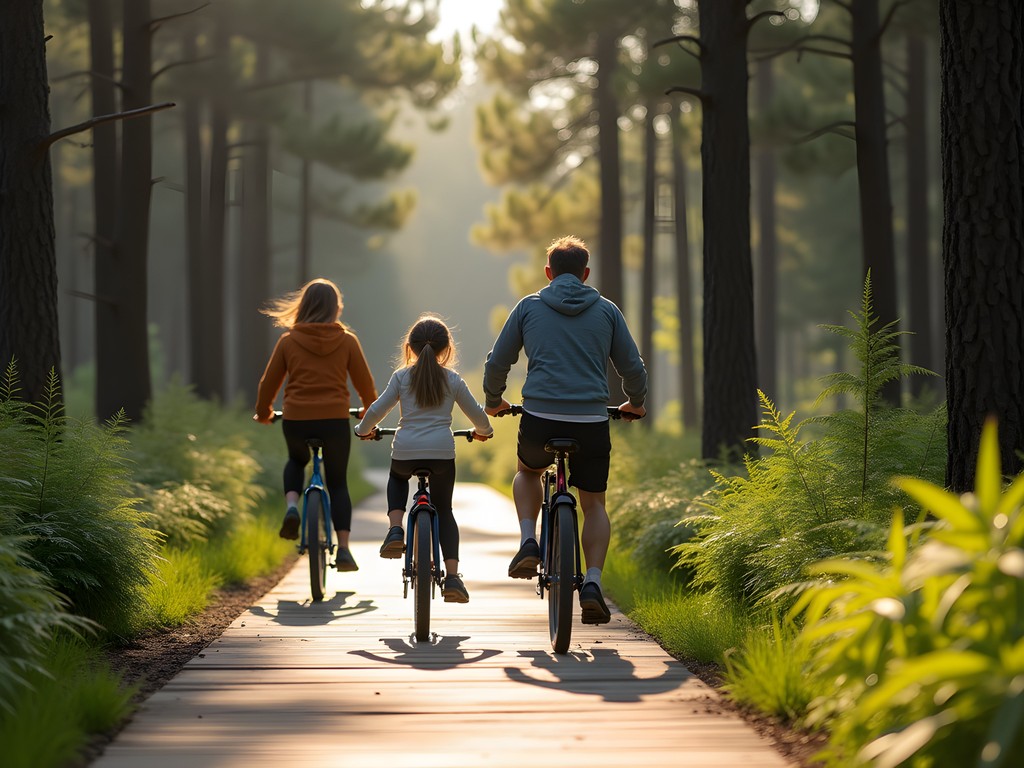
💡 Pro Tips
- Book Swakopmund activities at least 2-3 days in advance during peak season (June-August)
- In Pärnu, pack bug spray for forest activities, especially during evening hours
- Both destinations have excellent local guides who enhance experiences with cultural and environmental knowledge—worth the extra cost
Cultural Immersion Through Outdoor Markets
Both beach towns offer vibrant outdoor markets that provide cultural immersion alongside practical shopping—though what you'll find reflects their vastly different environments and histories.
Swakopmund's Market Scene:
The town's colonial history and position as a bridge between Namibian cultures creates fascinating market dynamics. At the central market near Sam Nujoma Avenue, Herero women in traditional Victorian-inspired dresses sell intricate beadwork alongside Himba vendors offering natural ochre cosmetics and handcrafted jewelry.
What fascinated me most was how the market serves as an informal classroom. When I purchased a small wire and bead animal sculpture, the Damara artist spent fifteen minutes showing nearby children how different animals are represented through subtle changes in wire positioning. These spontaneous teaching moments happen throughout the market.
For families, the craft section offers hands-on workshops where children can try sandpainting or make simple instruments from natural materials—activities that connect directly to the surrounding desert environment.
Pärnu's Market Culture:
Estonia's market tradition reflects its forest bounty and maritime history. The Pärnu Central Market bustles with seasonal activity—in summer, tables overflow with wild blueberries, chanterelle mushrooms, and fresh Baltic fish.
What makes this market special for families is the strong emphasis on sustainability and traditional food preservation. Many vendors offer samples and demonstrations of Estonian smoking techniques, pickling methods, and berry preservation. My favorite discovery was learning how pine needle syrup is made—a traditional Estonian remedy that tastes surprisingly like maple syrup.
Both markets offer children the chance to handle unfamiliar foods, practice basic transaction skills in different currencies, and engage with local people outside the tourist bubble.
I always carry a reusable shopping bag that folds into a tiny pouch—perfect for spontaneous market purchases while avoiding single-use plastic in both destinations.

💡 Pro Tips
- Visit markets early for the best selection and to avoid crowds
- Let children handle small amounts of local currency for their own purchases—a valuable learning experience
- Ask permission before photographing market vendors or their crafts, especially in Namibia
Accommodation Strategies: Beach Access vs. Town Convenience
The accommodation landscape in these two beach towns presents different strategic considerations for families seeking outdoor adventures.
Swakopmund's Accommodation Zones:
Swakopmund stretches along the coast with distinct accommodation zones that significantly impact your experience:
-
The Strand Area: Oceanfront properties with immediate beach access but often at premium prices. The colonial-era buildings here have been converted into boutique hotels and guest houses that blend historical architecture with modern amenities.
-
Central Town: More affordable options within walking distance of restaurants and shops, but requiring a 10-15 minute walk to beaches. Many family-friendly apartments and self-catering options cluster here.
-
Eastern Outskirts: Newer developments offering the best value but requiring transportation to both beach and town center. However, these locations often provide easier access to desert activities.
I opted for a mid-range self-catering apartment in central town, which provided the perfect balance—kitchen facilities for preparing breakfasts and occasional dinners, walking distance to most attractions, and reasonable proximity to both beach and desert activity departure points.
Pärnu's Seasonal Considerations:
Pärnu's accommodation strategy revolves around seasonal timing:
-
Beach Boulevard Area: The premium zone with immediate beach access and spa facilities. During Estonian school holidays (late June to early August), prices skyrocket and availability becomes scarce.
-
Old Town: Charming historical center with beautiful wooden architecture, slightly longer walk to beaches but closer to restaurants and cultural attractions.
-
Riverside District: Often overlooked by tourists but offering excellent value and easy access to river activities and cycling paths.
I discovered that visiting in early June—just before peak season—allowed me to secure beachfront accommodation at shoulder-season rates while still enjoying perfect weather and long daylight hours.
In both destinations, I found that properties marketing themselves specifically to families often included valuable extras like beach equipment loans, bicycle rentals, or activity booking assistance that justified any slight premium in price.
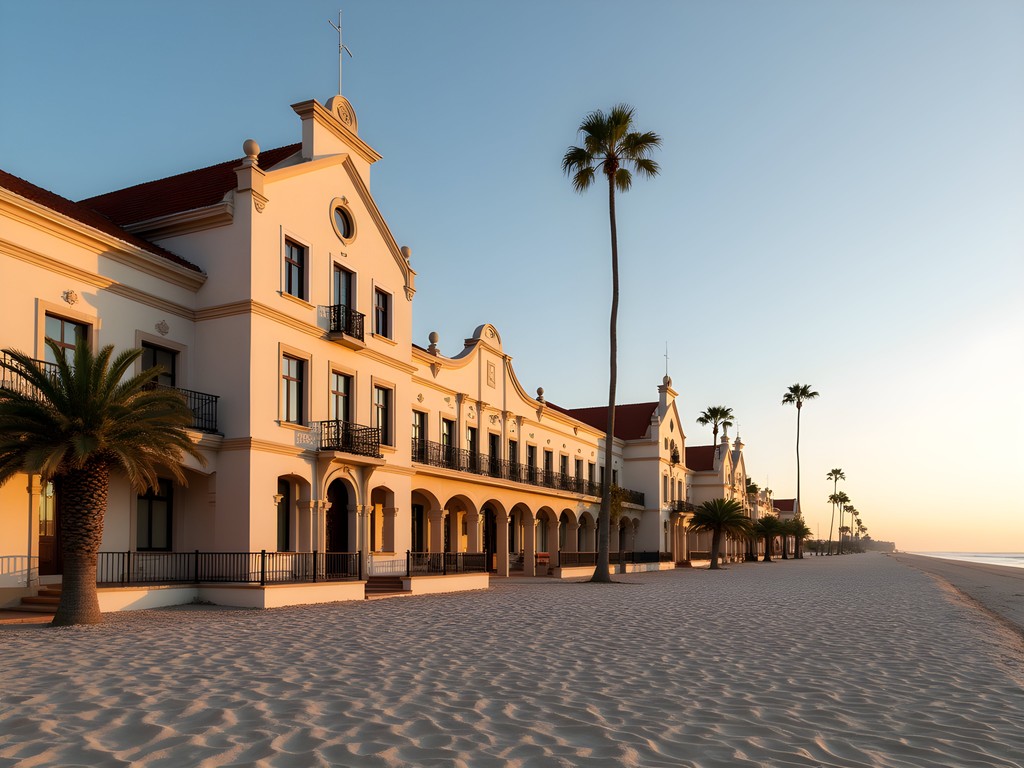
💡 Pro Tips
- Book accommodations with kitchen facilities to save on meal costs, especially in Swakopmund where restaurant prices can be surprisingly high
- In Pärnu, check if your accommodation includes beach chairs and umbrellas—otherwise factor in daily rental costs
- Request ground floor rooms in Swakopmund—many charming guesthouses lack elevators despite being 3-4 stories tall
Final Thoughts
These two coastal towns—one where desert meets ocean, another where forest meets sea—demonstrate how geography shapes not just landscapes but experiences. Swakopmund offers heart-pounding desert adventures alongside German colonial history, while Pärnu provides gentle nature immersion with distinctive Baltic cultural touches. Both destinations prove that beach towns can transcend the typical sun-and-sand formula, offering families rich educational opportunities through outdoor adventures. As a parent constantly seeking experiences that combine fun with deeper learning, I've found that these contrasting coastal gems deliver exactly that balance. Whether you're sandboarding down ancient dunes or cycling through primeval forests, both destinations remind us that stepping outside our familiar environments—literally and figuratively—creates the most lasting family memories. Which will you choose for your next adventure?
✨ Key Takeaways
- Both destinations offer excellent family adventures at mid-range budgets despite their dramatically different environments
- Swakopmund excels at high-energy desert adventures while Pärnu specializes in gentler nature immersion experiences
- Shoulder seasons (May/September for Swakopmund, early June/late August for Pärnu) offer the best value without sacrificing experience quality
📋 Practical Information
Best Time to Visit
May-September (Swakopmund), June-August (Pärnu)
Budget Estimate
$100-150/day for family of four excluding flights
Recommended Duration
5-7 days per destination
Difficulty Level
Intermediate
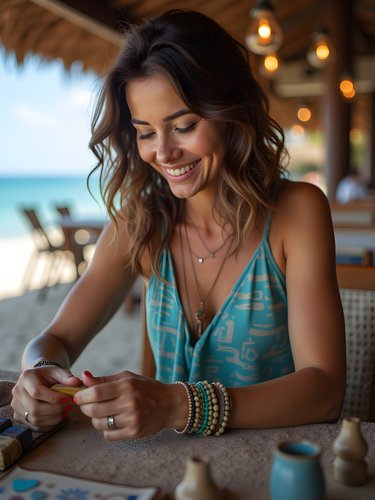
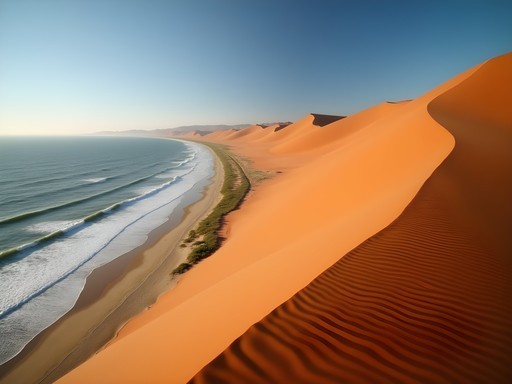
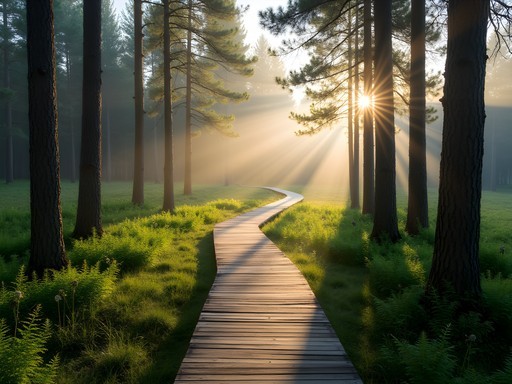


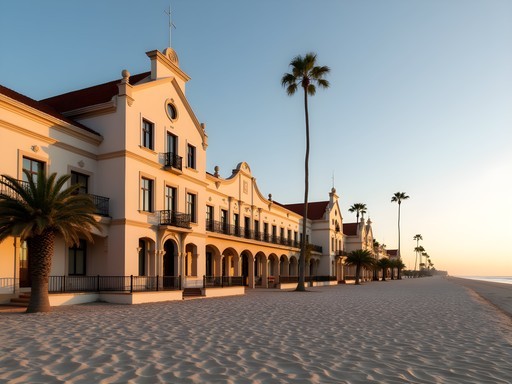







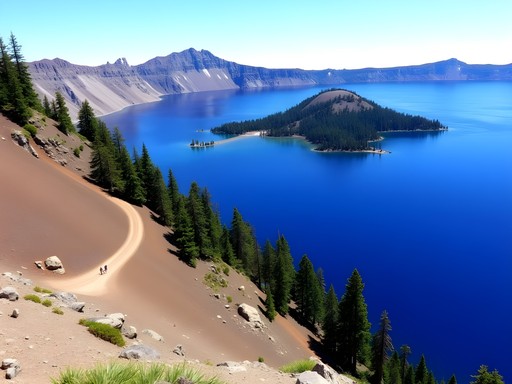


Comments
sunnychamp2803
OMG this post is exactly what I needed! Heading to Namibia in August and then Estonia next spring! Talk about perfect timing! Those sunset photos from both beaches are STUNNING! 😍
adventurebackpacker1476
OMG THIS IS EXACTLY WHAT I NEEDED!!! Planning my gap year and trying to decide between adventure sports or more nature-focused destinations. Now I'm thinking why not BOTH?? Those dune activities in Swakopmund look INSANE but I also love the idea of forest biking in Pärnu! Has anyone done both in one trip? Is that crazy?? I'm trying to plan the ultimate adventure-relaxation combo!!
rednomad
They're pretty far apart, but if you're doing a bigger Europe-Africa trip it could work! I'd suggest starting with the adrenaline in Namibia, then recover with the chill vibes in Estonia. Just watch the seasons - totally different hemispheres.
adventurebackpacker1476
Ohhh good point about the hemispheres!! Hadn't even thought about that! THANK YOU!!
Hannah Woods
What a fascinating juxtaposition of destinations! Having backpacked through both regions (though in different years), I'd add that the shoulder seasons offer distinct advantages in each location. For Swakopmund, April-May brings milder temperatures while still maintaining clear skies for adventure activities. In Pärnu, September is magical - the summer crowds have dispersed, but the Baltic remains warm enough for swimming, and the forests begin their subtle color transformation. The cultural contrast between Namibian and Estonian outdoor markets deserves its own article - the handcraft traditions tell such different stories of adaptation to their respective environments.
Savannah Torres
Hannah, that's such a great point about the shoulder seasons! I was in both during peak times and definitely noticed the crowds. Your insight about the markets is spot-on too - I was particularly fascinated by how the crafts reflected the available materials in each ecosystem.
luckywalker
Those sunset photos from Swakopmund are incredible! The colors against the dunes... wow!
Taylor Moreau
Excellent comparative analysis, Savannah. I've had the pleasure of visiting both locations on business trips and found your observations spot-on. Swakopmund's German influence creates a fascinating cultural juxtaposition that's reflected in both the architecture and cuisine. I'd add that the seafood in both locations is exceptional, though prepared quite differently. For business travelers with a free day, I'd recommend the e-bike tours in Pärnu - they provide an efficient overview of the area without the intensity of Swakopmund's adventure sports. I used my portable binoculars for wildlife spotting in both locations - brilliant for both the desert creatures and Baltic birds.
oceanlife
Is Pärnu family-friendly? Planning a trip with kids next summer.
Savannah Torres
Absolutely! Pärnu is perfect for families. The beaches are shallow and calm, there are great bike paths through the forests, and lots of family-oriented activities. The mud spas might even let kids try some of the gentler treatments!
rednomad
I was in Swakopmund last year and it's exactly as you described - that desert-meets-ocean vibe is surreal! Did the quad biking tour through the dunes and it was mind-blowing. The German colonial architecture in town was such a strange contrast to the Namibian landscape. Didn't try sandboarding though - was it really as scary as it looks?
Savannah Torres
Sandboarding is definitely an adrenaline rush! The first run is terrifying but by the third, you're addicted. The guides are super safety-conscious though, so it feels secure even when you're flying down a massive dune!
rednomad
Ugh, now I regret skipping it! Guess I need to plan another trip...
summerway
Never thought of comparing these two places! Swakopmund has been on my bucket list forever.
Kimberly Murphy
What a brilliant comparison, Savannah! I've been to both places (though years apart) and never made the connection! Pärnu's beaches are SO different from what you get in Swakopmund - that soft white sand versus the more rugged Atlantic coastline. For anyone heading to Pärnu, don't miss the mud baths - they're a local tradition and so refreshing after a day of cycling through those gorgeous coastal forests. And the summer night markets are magical with the late sunset! The Baltic has this gentle, almost lake-like quality that makes it perfect for paddleboarding beginners. Has anyone tried the smoke saunas there? Absolutely transformative experience!
adventurephotographer
Just got back from Namibia and Swakopmund was definitely a highlight! Those morning fog banks rolling in from the Atlantic create the most surreal lighting conditions for photography. We did a desert tour that included tracking desert-adapted animals which was much more educational than I expected. The contrast between the Namib's red dunes and the blue ocean is just mind-blowing in person. Now I'm thinking I need to add Pärnu to my list for a completely different coastal experience!
Venture X
Premium card with 2X miles, $300 travel credit, Priority Pass